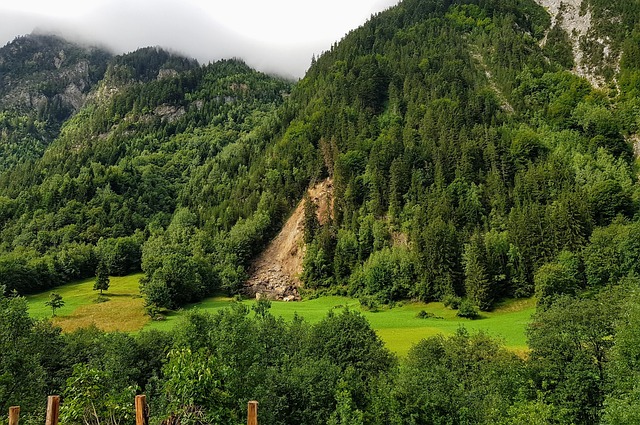As we continue to grapple with the impacts of climate change, one of the most devastating consequences we face is the increase in natural disasters, notably landslides. These destructive events do not merely arise from the relentless forces of nature; they often share a troubling connection with human-induced deforestation.
Deforestation, the large-scale removal of trees, disrupts the delicate balance of our environment. Forests are not just beautiful expanses of greenery; they serve as crucial buffers against soil erosion. Their roots hold the soil together, preventing landslides during heavy rains. However, as we clear away these vital ecosystems for agriculture, urban development, or logging, we expose the soil to the elements, significantly increasing the risk of landslides.
Every year, countless lives and homes are affected as heavy rains trigger landslides in areas stripped of their tree cover. The consequences are severe, often leading to loss of life, destruction of property, and long-term impacts on local communities. The emotional toll is immense; families are displaced, livelihoods are destroyed, and entire landscapes are altered forever. The psychological impact of watching our homes and communities be swept away, knowing it could have been prevented, resonates deeply with those affected.
The feedback loop of deforestation and climate change also intensifies the issue. As the global climate warms, patterns of rainfall are becoming increasingly erratic. This means that regions already vulnerable due to deforestation face an even higher risk of landslides. Sudden and extreme weather events catch communities off guard, leading to more frequent and devastating landslides. The tragedies caused by these disasters highlight an urgent need for action: we must protect our forests as a frontline defense against climate change.
Moreover, the environment suffers in ways beyond immediate destruction. When landslides occur, they not only obliterate vegetation but also lead to sedimentation in rivers and deterioration of water quality. Aquatic ecosystems are disrupted, creating a ripple effect throughout the food chain. This loss of biodiversity can ultimately affect everything from the local economy to the global market.
To combat the growing threat of landslides due to deforestation, we must advocate for sustainable land-use practices and engage in reforestation efforts. Trees are our allies in mitigating the effects of climate change and protecting our landscapes. By restoring forests, we can fortify the soil, create natural barriers, and reduce the conditions that lead to devastating landslides.
In our fight against climate change, understanding the interconnectedness of deforestation and landslides is paramount. By acknowledging the emotional and environmental ramifications, we empower ourselves to advocate for a healthier planet. Individuals, communities, and governments must unite to protect our forests and, consequently, our future. The fight against climate change is not just about preserving nature for its own sake; it’s about safeguarding the places we call home and the lives we cherish.




